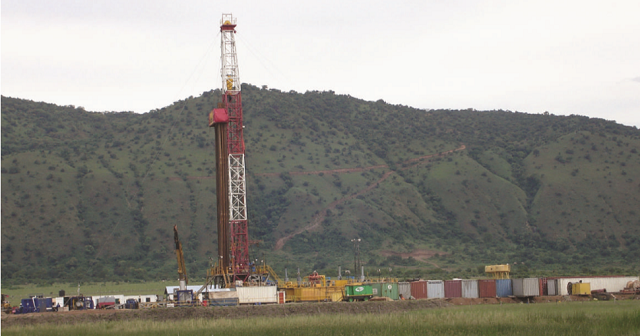
Following the withdraw of the Russian-led consortium RT Global Resources, from the oil refinery construction in July, the government is looking for a new investor to partner in the project by mid-2017
This year marked a decade since the government announced the discovery of commercially viable oil and gas resources along Uganda’s western frontier.
But even with the 6.5 billion barrels of crude oil confirmed so far of which about 1.7 billion barrels is ready for production, Ugandans are still waiting for the day they will earn petroleum dollars— thanks to a combination of factors.
For starters, depressed international oil prices over the last two years have made investors hold back their money meant for venturing into new oil and gas frontiers like Uganda, choosing to wait for the industry to recover.That stance has had ramifications for Uganda’s nascent oil sector.
But the government appears to have taken full advantage of the uncertainty in the industry by going ahead to make laws, policies and regulations as well as put in place institutions that could ensure the industry is well governed once production starts.That has been the case over the last two years.
Crude oil pipeline route
In April, the government finally chose the Indian Ocean port of Tanga in Tanzania as its preferred end point for its $4b crude oil pipeline. That decision came following two years of protracted negotiations involving officials from Uganda, Kenya, Tanzania and the oil companies.
A route survey has been ongoing and is expected to be completed by the end of this year while the contract for the Front End Engineering Design for the pipeline has also been awarded and is expected to be ready by the end of 2017. The government also says negotiations of an intergovernmental agreement between Tanzania and Uganda are progressing well.
“We are in fast-track mode to build the crude oil pipeline from Hoima to Tanga Port in Tanzania,” Irene Muloni, the Minister of Energy, recently told the government-controlled newspaper, The New Vision.
TheFrench oil company, Total E&P Uganda B.V which had never been shy of their preference for the southern route, has already expressed interest to finance the construction of the pipeline.Ugandan officials had always insisted that they would go for the route that ensures the country’s oil is sold onto the international market using the least cost means.
This year, the government went ahead and constituted the three important oil institutions—the Petroleum Authority of Uganda (PAU), the Uganda National Oil Company (UNOC) and the Directorate of Petroleum in the Ministry of Energy and Mineral Development.
 The Independent Uganda: You get the Truth we Pay the Price
The Independent Uganda: You get the Truth we Pay the Price



